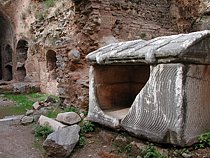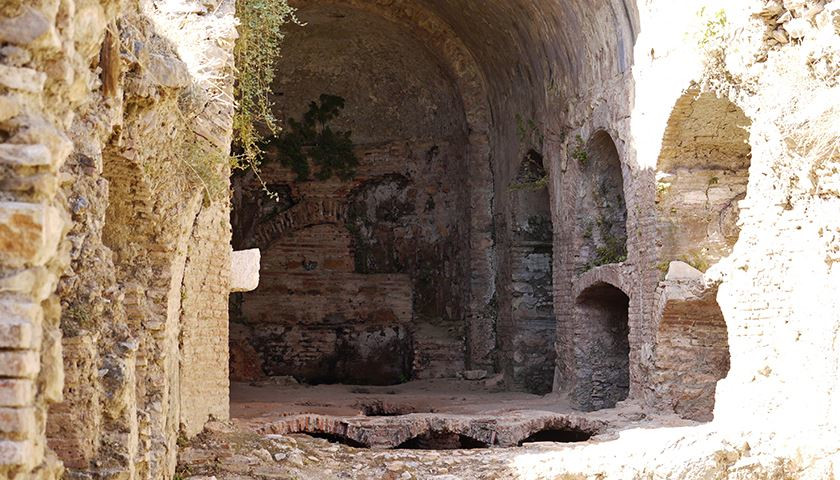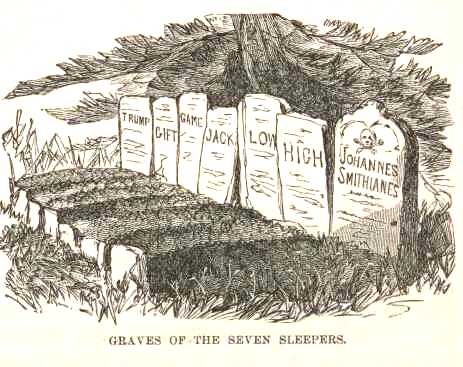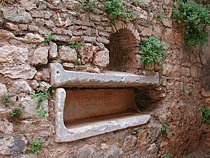The Seven Sleepers of Ephesus
Tale and Its Location




The Seven Sleepers of Ephesus is a legendary tale of profound significance in both Christian and Islamic traditions. According to the legend, seven young Christian men sought refuge in a cave near Ephesus around 250 AD to escape persecution under the Roman Emperor Decius.
They fell into a miraculous sleep, only to awaken 200 to 309 years later during the reign of Emperor Theodosius II, astonished to find Christianity had become the official religion of the Roman Empire.
In the Christian tradition, the seven sleepers, often named Maximian, Malchus, and Constantine, were initially trapped in the cave when the entrance was sealed to prevent their escape. Upon awakening, they sent one of their number to purchase food, which led to their recognition and subsequent veneration as saints. The Roman Emperor, moved by their miraculous survival, ordered their remains to be honored and enshrined.
The Islamic tradition, known as Aṣḥāb al-Kahf (Companions of the Cave), is mentioned in the Qur’an (Surah 18). This version parallels the Christian account but adds the detail of a dog that kept watch at the cave’s entrance. The Qur’an does not specify the number of sleepers, adding to the mystery surrounding their story.
The cave associated with the Seven Sleepers is located on Mount Pion, near the ancient city of Ephesus, close to modern-day Selçuk in İzmir, Turkey. The site features a Byzantine necropolis with rock-cut tombs and remnants of a church built over the cave. This location has become a popular tourist attraction, where visitors can explore the grotto and its historical significance, and enjoy local cuisine in nearby restaurants.
The legend of the Seven Sleepers continues to captivate both religious pilgrims and tourists, reflecting the enduring nature of this ancient story.
